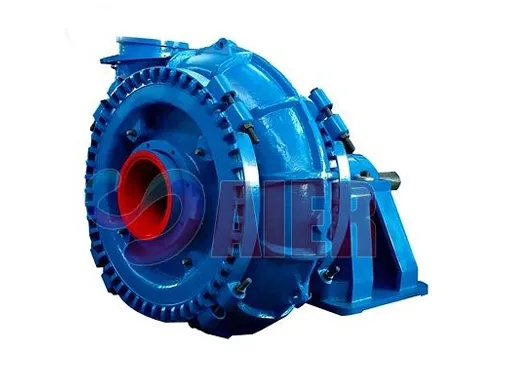Lis . 30, 2024 01:00 Back to list
Innovative Slurry Pump Head Manufacturing Solutions for Enhanced Performance and Reliability
Understanding Slurry Pump Head A Comprehensive Guide
Slurry pumps are essential in various industries, including mining, civil construction, and wastewater treatment, where they facilitate the movement of abrasive and viscous mixtures of solids and liquids. One crucial aspect of slurry pumps is their head, which refers to the height to which a slurry can be pumped and is typically measured in meters or feet. This article explores the significance of pump head in slurry pump operations, its various types, and factors that influence it.
What is Slurry Pump Head?
Pump head is a measure of the energy imparted to the slurry fluid by the pump, expressed as the height of a fluid that the pump can lift. It is a critical factor in determining the efficiency and performance of a slurry pump. The total dynamic head (TDH) encompasses several components, including static head, friction head, and velocity head.
- Static head is the vertical distance between the source of the slurry and the discharge point. - Friction head accounts for the resistance to flow within the pump and piping system due to friction. - Velocity head relates to the speed at which the fluid exits the pump.
Understanding these components helps in selecting the right pump for specific applications.
Importance of Slurry Pump Head
The head developed by a slurry pump is vital for several reasons
1. System Design Knowledge of the required pump head is crucial for designing an efficient system. Insufficient head may result in inadequate slurry transport, while excessive head can lead to increased energy consumption and potential equipment failure.
2. Selection of Pump Different types of slurry pumps (e.g., centrifugal, positive displacement) have varying capabilities in terms of head generation. Understanding the required head helps engineers to select the right pump type and model for their specific applications.
slurry pump head factory

3. Operational Efficiency An optimal head allows for smoother operation and less wear and tear on the pump components, increasing the overall lifespan of the equipment.
Factors Affecting Slurry Pump Head
Several factors influence the pump head in slurry applications
1. Slurry Characteristics The composition, viscosity, and specific gravity of the slurry greatly affect the amount of energy needed to pump it. Heavier, more viscous slurries require more head to be pumped effectively.
2. Pump Design and Type Various pump designs and configurations can influence head generation. For instance, multi-stage pumps generally provide higher heads but may be less effective in handling solids compared to single-stage pumps.
3. Piping System Configuration The length and diameter of the piping, along with the number of bends and fittings, can introduce resistance that affects the required pump head. Proper pipe sizing and layout can optimize the system performance.
4. Operating Conditions Changes in temperature, pressure, and flow rate can also impact the performance of slurry pumps, necessitating adjustments to the pump head.
Conclusion
In summary, the head of a slurry pump is a fundamental parameter that influences its efficiency and effectiveness in transporting slurry mixtures. Understanding the components of pump head, its importance, and the factors affecting it is crucial for engineers and operators in ensuring optimal slurry pump performance. As technology advances and industries evolve, accurate head calculations and tailored pump selection will remain essential to meet the increasing demands of slurry transport applications. By prioritizing these aspects, businesses can enhance operational efficiency, reduce costs, and prolong the lifespan of their pumping systems.
-
Top Submersible Pump Companies High Quality Manufacturers & Suppliers in China
NewsJul.08,2025
-
High Quality Seal for 5 Inch Dredge Pump Reliable China Manufacturer & Supplier
NewsJul.08,2025
-
High-Efficiency Slurry Sand Pump from Leading China Manufacturer – Durable & Reliable Solutions
NewsJul.07,2025
-
High-Quality Slurry Pump Made in China Durable Steel Mill Slurry Pump & Parts
NewsJul.07,2025
-
High Quality Excavator Dredge Pump Manufacturer & Suppliers from China – Reliable, Durable, Efficient Solutions
NewsJul.07,2025
-
Wholesale Slurry Pump Closed Impeller Supplier High Efficiency China Slurry Pump Closed Impeller
NewsJul.06,2025
